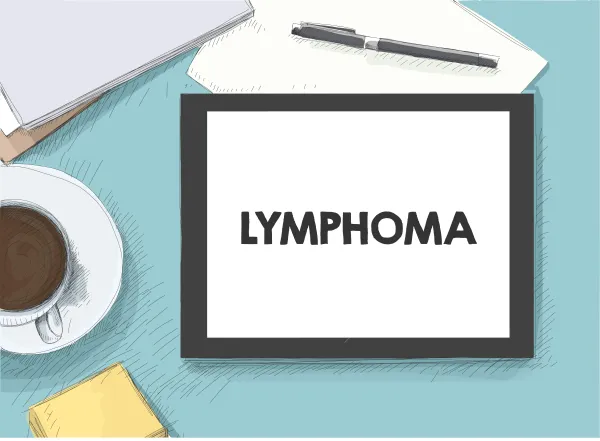Take This Path for Logical Fracture Coding

Underlying causes key to differentiate pathological from stress, trauma fractures. Fracture coding can be a real cause of coding confusion. Anytime a patient reports with a bone fracture, your reporting will differ based on whether the fracture is pathological or traumatic. And if that pathology happens to be neoplasm-related, your code choices will be further affected. So, we’ve put together this brief guide to fracture coding to help your claims get a clean bill of health. Check Out Your Pathological Fracture Category Options A pathological fracture is a broken bone that’s caused by a disease rather than trauma, according to M. Dolores Farrer, DPM, MBA, wound care consultant and owner of Lagniappe Wound Care Consultants, LLC in Columbia, South Carolina. “If an underlying medical condition weakens the bones, the bones are at risk for fractures that may occur during normal, routine activity,” Farrer says. “Simple actions such as bending over, walking upstairs, or getting out of a chair can result in a break.” Coding Tip: If reporting a pathological fracture, it is absolutely necessary to make sure the documentation states the underlying cause of the disease, adds Arnold Beresh, DPM, CPC, CSFAC, in West Bloomfield, Michigan. To code a pathological fracture for a patient, some of your choices are codes from the following categories: Example: The patient, who has age-related osteoporosis, suffers from a current pathological fracture of her left ankle. This is a subsequent encounter with delayed healing. You would report M80.072G (Age-related osteoporosis with current pathological fracture, left ankle and foot, subsequent encounter for fracture with delayed healing). Don’t Confuse Pathological Fractures with Stress or Traumatic In the documentation, it’s vital to distinguish between “pathological,” “traumatic,” or “stress” fractures because the type of fracture the patient has will dictate your ICD-10 code choice. Traumatic fractures: Traumatic fractures are caused by some type of accident, fall, or other kind of force, such as when a heavy object strikes a patient. For traumatic fractures for podiatry patients, for example, you would look to S82- (Fracture of lower leg, including ankle) and S92- (Fracture of foot and toe, except ankle). Example: The podiatrist diagnoses the patient with a closed, displaced fracture of his medial malleolus in his right tibia. For the initial encounter, you would report S82.51XA (Displaced fracture of medial malleolus of right tibia, initial encounter for closed fracture). Stress fractures: Unlike pathological and traumatic fractures, stress fractures are tiny cracks in the bone caused by repetitive stress or force, often from overuse. These often occur in normal or metabolically weakened bones. Note: The ICD-10 manual tells you to report an additional external cause code to identify the cause of the stress fracture. Example: A podiatrist diagnoses a patient with a stress fracture in his left toe, initial encounter. You would report M84.378A (Stress fracture, left toe(s), initial encounter for fracture). Make Note of Pathological Fractures Due to Neoplasm One of the pathological fracture categories in ICD-10 is “due to neoplastic disease,” which is found in category M84.5- (Pathological fracture in neoplastic disease). A note in ICD-10 tells you to also code the underlying neoplasm. ICD-10 Official Guidelines: Since the ICD-10 Official Guidelines for Coding and Reporting offers specifics for reporting pathological fractures due to neoplastic disease, make sure you heed these instructions. “When an encounter is for a pathological fracture due to a neoplasm, and the focus of treatment is the fracture, a code from subcategory M84.5- should be sequenced first, followed by the code for the neoplasm,” according to the guidelines. However, if the focus of the treatment is the neoplasm with the associated pathological fracture, you would sequence the neoplasm code first, followed by the appropriate code from M84.5-, per the guidelines. Caution: Coders should become familiar with the pathological fractures due to neoplasm section, says Kim J. Montenegro, CPC-I, CPC, CPMA, CPB, CPPM, COSC, CSFAC, coding and billing instructor at Pickens Technical College in Aurora, Colorado. A common error with coding pathological fractures due to a neoplasm (M84.5-) is reporting a code from subcategory M84.4- (Pathological fracture, not elsewhere classified) instead, according to Montenegro. “This may be because new coders’ eyes totally gaze past the ‘due to’ section,” she adds. Reminder: If the patient has a pathological fracture due to a neoplasm, you can remember to report this condition with a code from category M84.5- and not M84.4- by looking at the Excludes1 note for M84.4-, which lists out M84.5- (Pathological fracture in neoplastic disease), M80.- (Pathological fracture in osteoporosis), and M84.6- (Pathological fracture in other disease) among several other diagnoses.




